Explore the world of indigenous superfoods that have stood the test of time. These remarkable foods are not only packed with nutrients but also possess resilience that has allowed them to thrive in diverse environments. From ancient grains to powerful berries, these superfoods are celebrated for their health benefits and cultural significance. Delve into their unique flavors, historical backgrounds, and the wellness benefits they offer. Discover how these ten extraordinary foods can add vitality and taste to your diet.
Quinoa
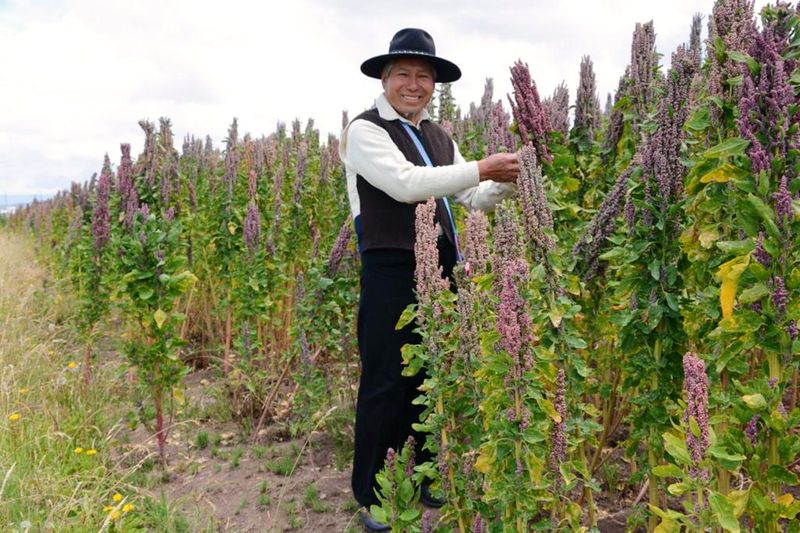
Quinoa, a staple of the Andean diet, is revered for its high protein content and amino acids. Cultivated by the Incas, it thrives in harsh climates, resisting droughts and poor soils. This resilience ensures its place as a reliable food source.
Quinoa is rich in fiber, magnesium, and antioxidants, contributing to heart health and reducing inflammation. Its adaptability extends to the kitchen; use it in salads, soups, or as a rice substitute.
Did you know? NASA has considered quinoa for space missions due to its nutrient density and ease of growth in controlled environments.
Maca Root
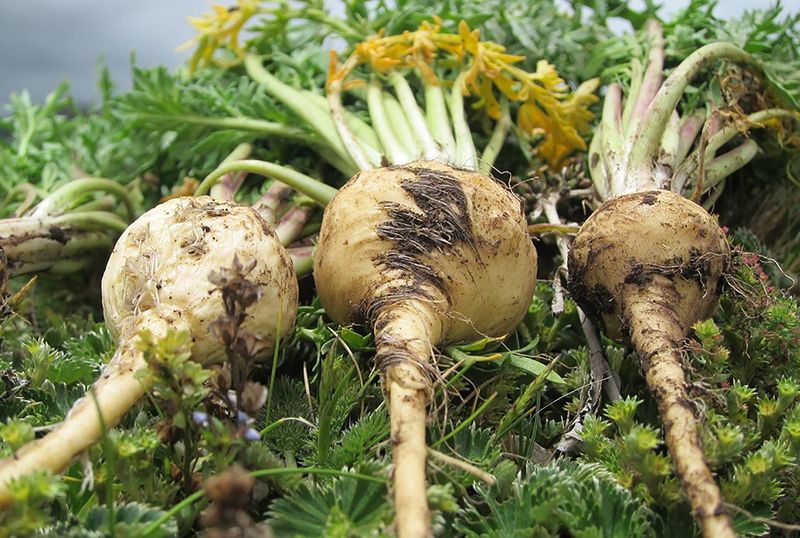
In the high altitudes of Peru, maca root thrives where few other plants can. Known as “Peruvian ginseng,” it’s celebrated for boosting energy and endurance. Ancient warriors consumed maca before battles for strength.
This root is packed with iron, calcium, and essential vitamins. Its nutty flavor complements smoothies, oatmeal, and even baked goods. Maca’s adaptogenic properties help combat stress and improve mood.
Historically, maca was used as currency in the Incan empire, showcasing its value. Today, it’s a favorite among athletes and health enthusiasts seeking natural performance enhancement.
Amaranth

Amaranth, a vital crop for the Aztecs, is a pseudo-grain known for its vibrant flowers and nutritional profile. It flourishes in arid regions, making it a resilient choice for agriculture.
Packed with protein and lysine, it’s ideal for vegetarians. High in calcium and iron, amaranth supports bone health and boosts immunity. Its versatility extends beyond porridge to flour, puffs, and even popped snacks.
Fun fact: Amaranth was once banned by Spanish colonizers due to its religious significance. Today, it’s a symbol of resilience, making a nutritious comeback in modern diets.
Acai Berries
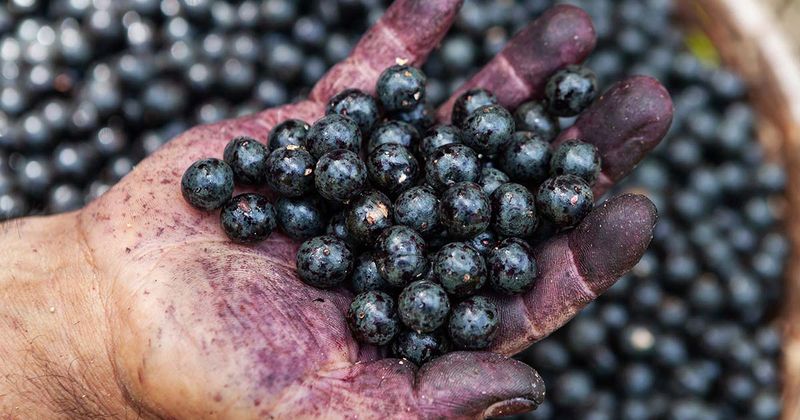
Sourced from the Amazon, acai berries are prized for their antioxidant-rich profile. They combat free radicals, promoting skin health and reducing aging signs. Indigenous tribes have used them for centuries, relying on their energy-boosting properties.
These berries are low in sugar and high in healthy fats, making them a unique fruit option. Blend them into smoothies or make an acai bowl topped with granola and fruits.
Acai’s sustainability is linked to its growing method, supporting local economies without deforestation. Its deep color and rich taste make it a beloved ingredient in health food stores globally.
Chia Seeds
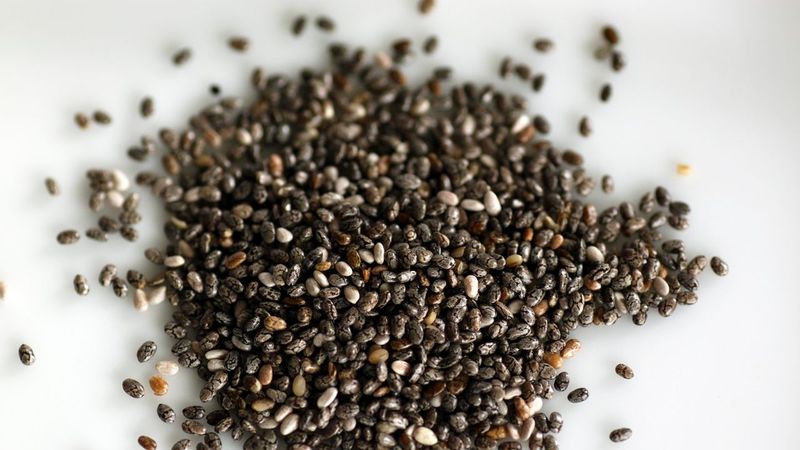
Chia seeds, once a staple of Mayan and Aztec diets, are tiny powerhouses of nutrition. Known for their ability to absorb water and form a gel, they aid hydration and digestion.
Rich in omega-3 fatty acids, chia seeds support heart health and brain function. Their versatility shines in recipes from puddings to energy bars. Simply sprinkle them on yogurt or blend into smoothies for a health boost.
Ancient warriors believed chia provided enduring energy, a notion supported by modern science. Today, they are a popular choice for those seeking plant-based nutrition.
Camu Camu
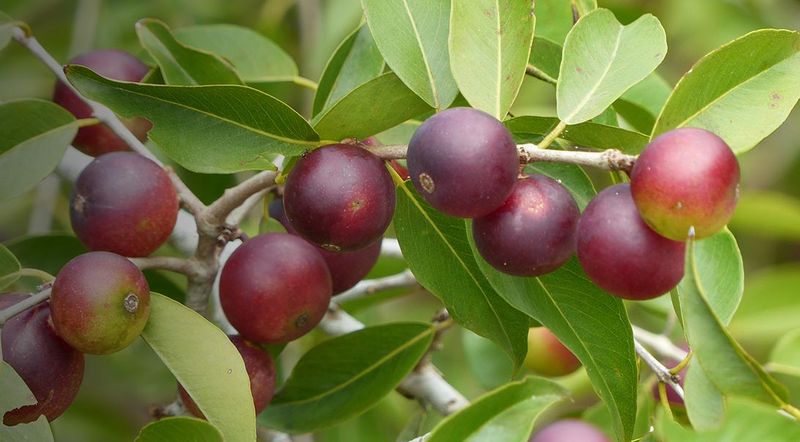
Camu camu, native to the Amazon rainforest, boasts an extraordinary vitamin C content. This tangy berry is treasured for its immune-boosting properties and support for skin health.
Traditionally, it has been used by indigenous communities to fight colds and infections. Its sour taste is mellowed when mixed into juices or smoothies, providing a zesty kick.
Camu camu’s popularity is also tied to its environmental impact, as it thrives in flooded areas that are unsuitable for other crops. Its cultivation helps preserve delicate ecosystems.
Baobab Fruit

The baobab tree, often called the “tree of life,” stands resilient in Africa’s savannahs. Its fruit is a powerhouse of vitamin C, calcium, and fiber, supporting immune function and digestion.
Baobab powder, derived from the dried fruit, has a tangy flavor that pairs well with smoothies and sauces. Its ability to store water in its trunk makes the tree a survival icon in arid climates.
Did you know? Baobab trees can live for over a thousand years, witnessing generations of change. This longevity echoes the timeless benefits of its fruit.
Spirulina

Spirulina is a blue-green algae hailed as one of the most nutrient-dense foods on the planet. Its high protein content and essential amino acids make it a favorite among vegetarians and vegans.
Rich in B vitamins, iron, and antioxidants, spirulina supports energy and detoxification. Its earthy taste works well in smoothies and energy bars, offering a nutrient boost.
Originally harvested by the Aztecs, spirulina’s cultivation is sustainable, requiring minimal resources. Its potential as a food source for the future is recognized by space agencies and nutritionists alike.
Teff
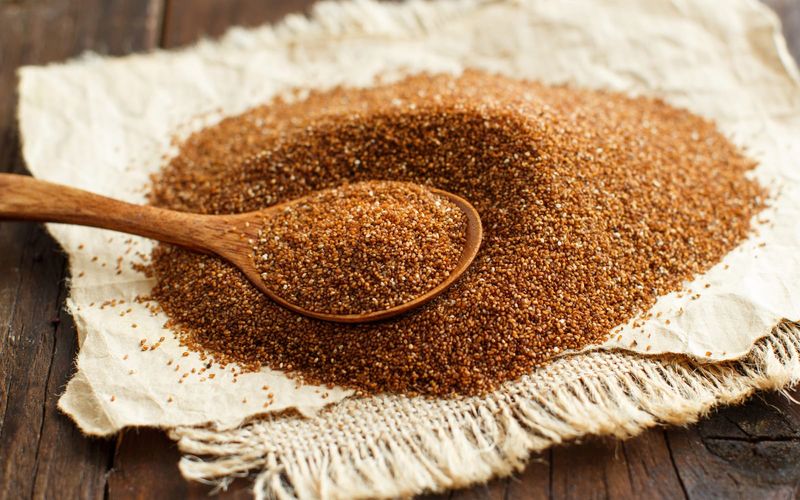
Teff, an ancient grain from Ethiopia, is the smallest grain in the world, yet it’s packed with nutrients. It thrives in diverse climates, from highlands to lowlands.
Rich in protein, fiber, and essential minerals, teff supports digestive health and provides sustained energy. Its nutty flavor enhances breads, pancakes, and porridge.
Teff is gluten-free, making it an excellent choice for those with gluten sensitivities. Its cultivation supports local communities, contributing to food security and economic stability in Ethiopia.
Sorghum
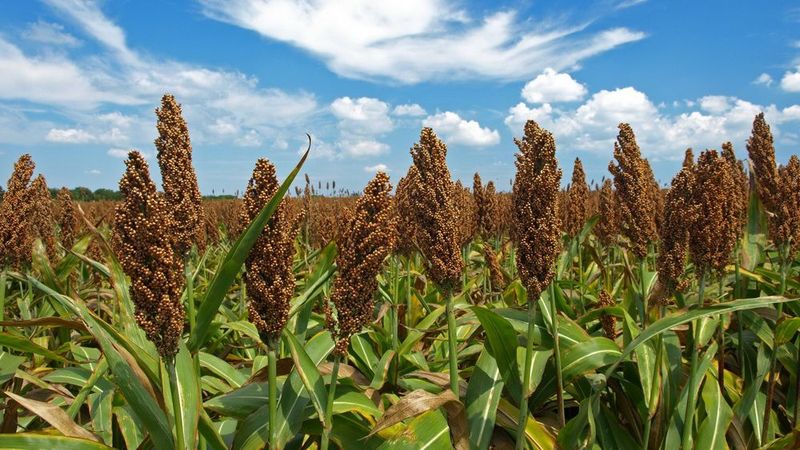
Sorghum is a drought-resistant grain with a history rooted in African agriculture. Its resilience allows it to flourish in dry regions, providing a reliable food source.
Sorghum is gluten-free and rich in antioxidants, fiber, and protein, supporting heart health and digestion. It can be used in flours, porridge, and even popped like popcorn.
This versatile grain’s ability to grow with minimal water highlights its importance in sustainable farming. Its resurgence in popularity is driven by its nutritional benefits and eco-friendly cultivation methods.
Leave a comment